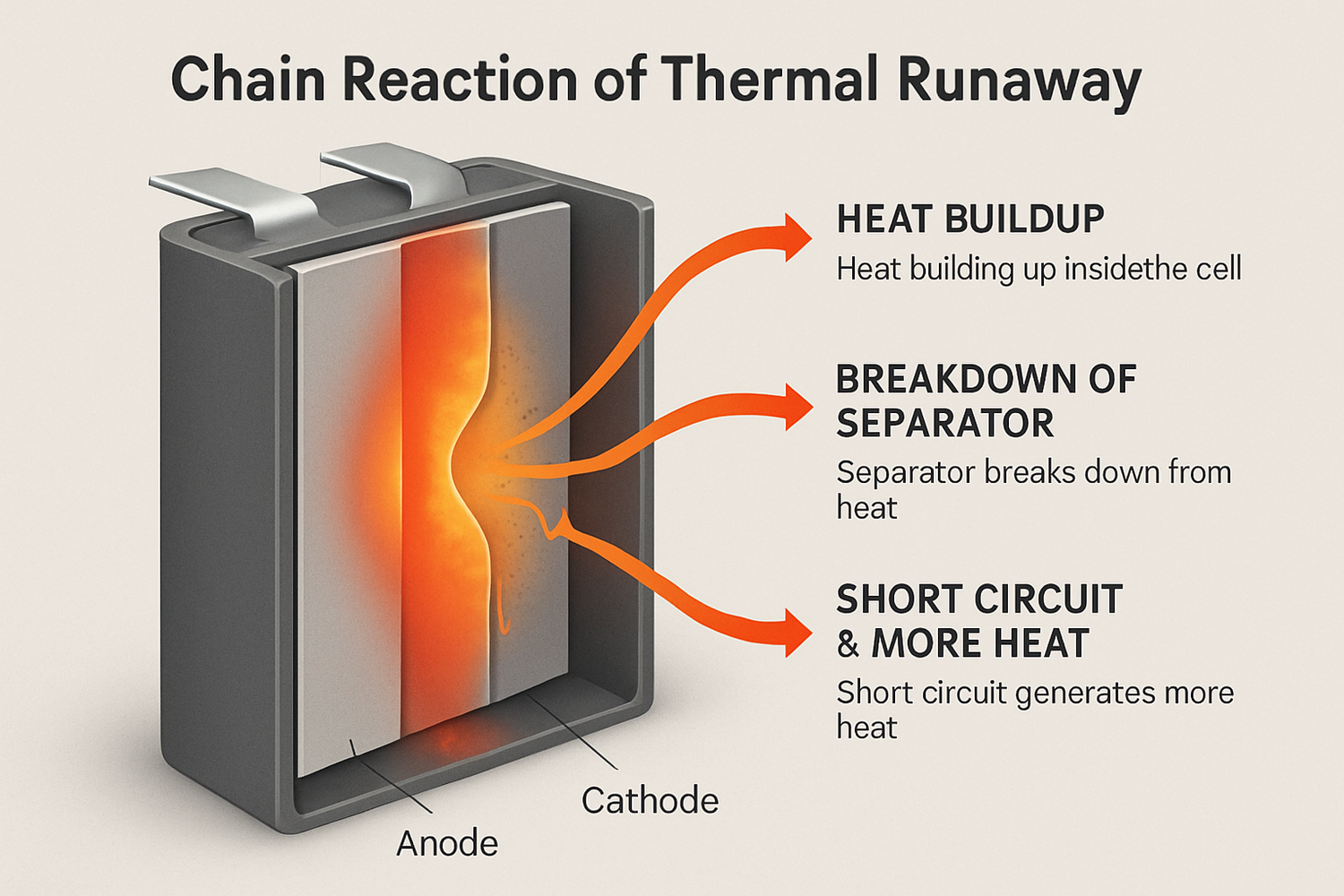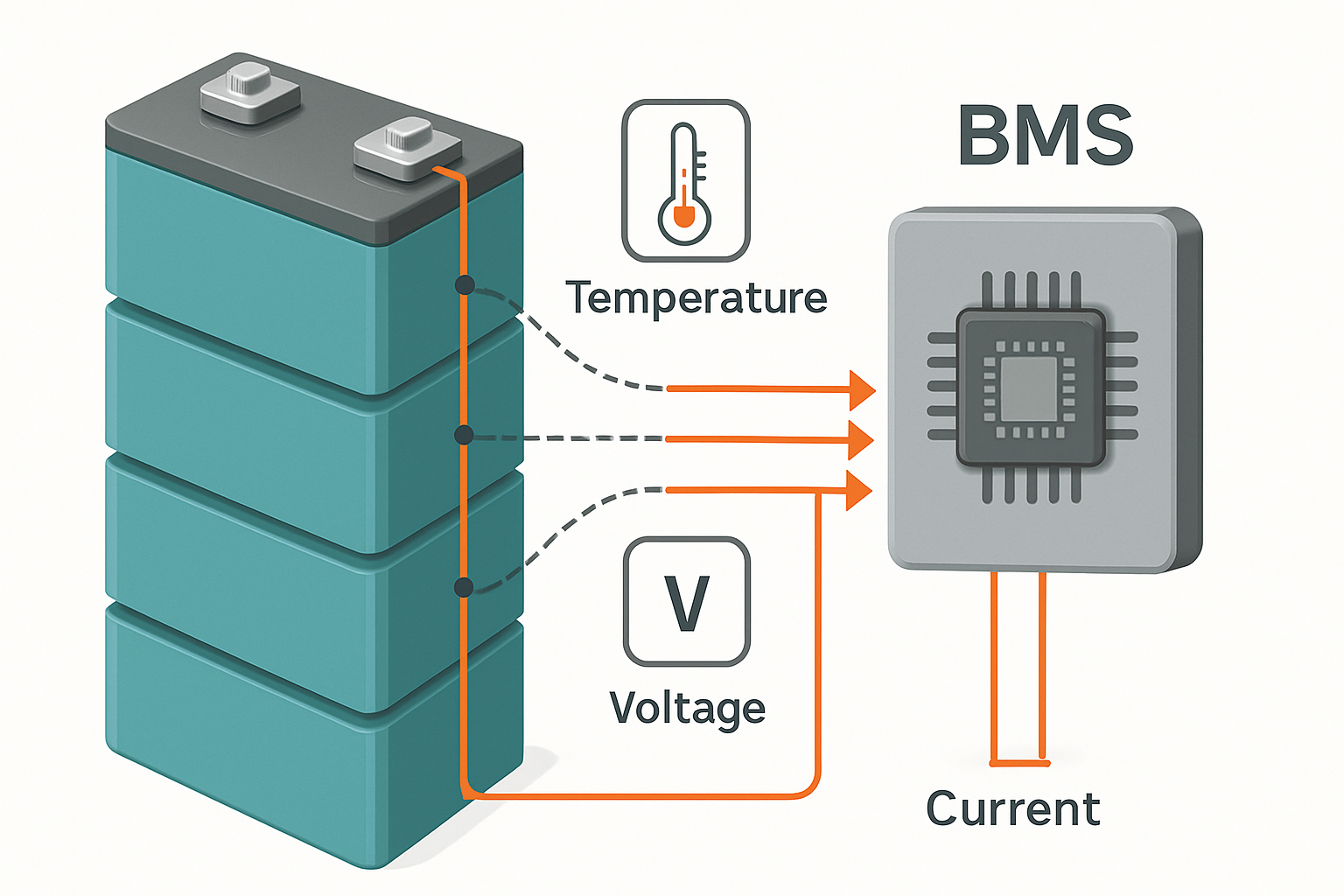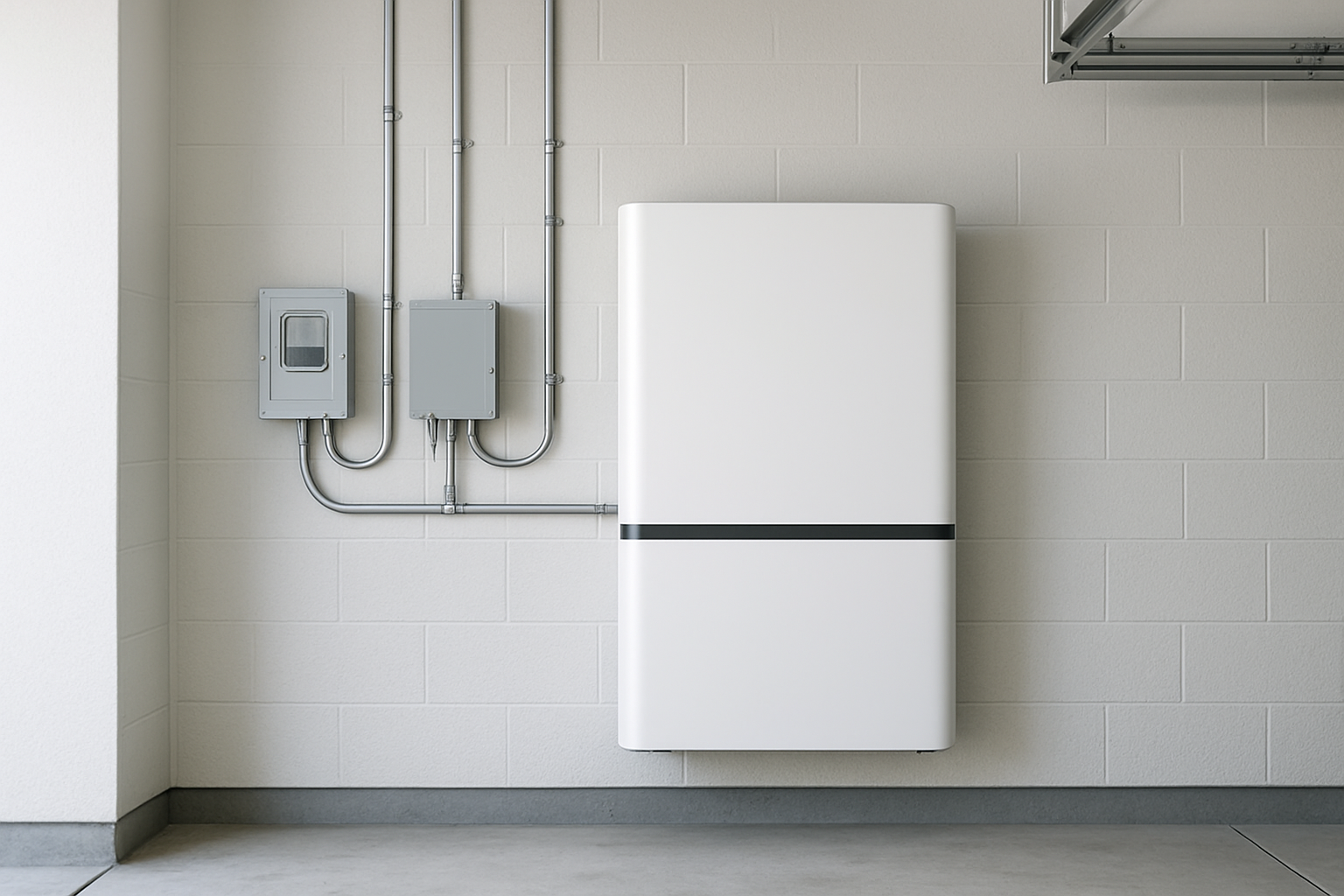Home energy storage systems are a cornerstone of modern energy independence. They empower homeowners to store solar energy for use at night or during outages, providing reliability and control. While today’s systems are engineered with safety as a top priority, understanding the underlying principles of battery operation is key to responsible ownership. A primary concept in battery safety is thermal runaway, a rare but serious event that all system owners should be aware of.
What Exactly Is Thermal Runaway?
Thermal runaway is not a common occurrence, but its prevention is central to the design of safe and reliable home energy storage batteries. Understanding the process helps clarify why certain battery chemistries and system features are superior for residential use.
The Chain Reaction Explained
Think of thermal runaway as a domino effect occurring at a microscopic level inside a battery cell. It begins when a part of the battery cell overheats. This initial heat triggers a chemical reaction that generates even more heat. This new heat accelerates the reaction, creating a self-sustaining cycle that rapidly increases the cell's temperature and pressure. If this chain reaction is not stopped, it can cause the battery to release flammable gases, and in worst-case scenarios, lead to a fire.
Key Triggers for Thermal Runaway
The triggers for this process can be grouped into three main categories. Understanding them is the first step in prevention.
- Internal Short Circuits: These are often caused by microscopic manufacturing defects within the battery cell. While extremely rare in high-quality batteries, a flaw can allow the positive and negative electrodes to touch, initiating the heating process.
- External Physical Damage: A significant impact or puncture to the battery casing can damage the delicate structures inside, causing an internal short circuit. This is why proper placement and protection of your home energy storage unit are so important.
- Improper Operating Conditions: Consistently overcharging the battery, exposing it to extreme external heat sources, or charging it too quickly can put stress on the battery's components, eventually leading to the breakdown of materials and the start of thermal runaway.
The Role of Battery Chemistry in Preventing Thermal Runaway
Not all lithium-ion batteries are created equal. The specific chemistry used has a profound impact on its safety profile, particularly its resistance to thermal runaway. For homeowners, this is one of the most important factors to consider.
Comparing Common Lithium-Ion Chemistries
The two prevalent types of chemistries in energy storage are Lithium Iron Phosphate (LiFePO4) and Nickel Manganese Cobalt (NMC). While both are effective at storing energy, their chemical structures give them very different thermal stability characteristics. LiFePO4 chemistry is built on a remarkably stable foundation that is inherently more resistant to overheating.
| Feature | LiFePO4 (Lithium Iron Phosphate) | NMC (Nickel Manganese Cobalt) |
|---|---|---|
| Thermal Runaway Threshold | ~270°C (518°F) | ~150°C (302°F) |
| Oxygen Release During Failure | No | Yes (acts as an accelerant) |
| Chemical Bond Strength | Strong P-O Covalent Bond | Weaker Metal-Oxide Bond |
| Overall Safety Profile | Excellent | Good (Requires more complex safety systems) |
LiFePO4: A Safer Choice for Residential Energy Storage
The data shows a clear advantage for LiFePO4 in home applications. Its primary safety benefit comes from its chemical structure. The phosphate-based cathode material has a stronger bond than the metal oxides used in NMC batteries. This means it requires significantly more energy—in the form of heat—to break these bonds and initiate thermal runaway. Even if a LiFePO4 cell is forced into failure, it does not release oxygen, a critical component needed for a fire to sustain itself. This inherent stability makes LiFePO4 the preferred chemistry for applications where safety is paramount, such as in a home.
Your System's First Line of Defense: The BMS
Beyond chemistry, every modern home energy storage system relies on an intelligent component to actively manage its safety and performance: the Battery Management System (BMS).
What is a Battery Management System (BMS)?
The BMS is the brain of the battery pack. It is a sophisticated electronic system that continuously monitors every aspect of the battery's operation. Its job is to ensure each cell within the battery pack operates within its safe limits, maximizing both safety and lifespan. A high-quality BMS is an indispensable feature of any reliable home energy storage system.
How the BMS Actively Prevents Thermal Runaway
The BMS provides a crucial layer of active protection. It constantly tracks cell voltage, temperature, and current. If it detects any measurement approaching an unsafe threshold, it can take immediate corrective action. This includes stopping the battery from charging if it gets too hot, preventing it from being overcharged or over-drained, and balancing the voltage across all cells to prevent individual cells from being stressed. If a critical fault is detected, the BMS can completely disconnect the battery from the system to prevent any potential hazard.
Practical Steps for Homeowners to Ensure Battery Safety
As a homeowner, you play a role in maintaining the safety of your energy storage system. Following best practices for installation and monitoring will ensure your system operates reliably for years.
Proper Installation and Location
The single most important step is to have your system installed by a certified professional. They will ensure all electrical connections are secure and that the unit is installed in compliance with local codes. The ideal location for a home battery is a cool, dry, and well-ventilated space, away from direct sunlight and any flammable materials. Proper placement helps the system maintain its optimal operating temperature.
Regular Monitoring and Maintenance
Modern systems require minimal maintenance, but they should not be completely ignored. Periodically perform a visual inspection of the unit, looking for any signs of damage, leaks, or bulging in the casing. You should also become familiar with your system's monitoring software. Tracking key metrics can help you spot irregularities before they become problems. For a detailed look at what performance metrics to track, this guide on solar storage performance offers a comprehensive reference.
Recognizing the Warning Signs
In the unlikely event of a problem, knowing the warning signs is critical. Be alert for:
- Unusual Heat: The unit feeling excessively hot to the touch.
- Strange Odors: Any acrid, chemical, or sweet smells coming from the battery.
- Audible Noises: Hissing, popping, or crackling sounds.
- Visible Changes: Any swelling, bulging, or leaking from the battery enclosure.
A Look Ahead: The Future of Battery Safety
The field of energy storage is constantly evolving, with safety at the forefront of innovation. According to a report by the IEA on Clean Energy Innovation, electrochemistry and battery applications are key areas for continued investment and R&D. This focus drives the development of even safer technologies. Furthermore, work by organizations like the U.S. Department of Energy to standardize data for solar and storage systems improves transparency and helps ensure all components meet high safety standards. As highlighted by the International Renewable Energy Agency (IRENA), advancements in thermal storage are crucial for grid stability and will continue to push safety protocols forward.
Final Thoughts on Securing Your Energy Future
Thermal runaway is a serious concept, but it is a manageable and preventable risk with modern technology. By choosing a system with inherently safe LiFePO4 chemistry, ensuring it is managed by a high-quality BMS, and insisting on professional installation, you are building a robust foundation for safe energy independence. A home energy storage system is a powerful tool, and with the right knowledge, you can operate it with confidence and peace of mind.
Frequently Asked Questions
Are home energy storage systems safe?
Yes, when properly installed and maintained, modern home energy storage systems, especially those using LiFePO4 chemistry, have an excellent safety record. They are equipped with multiple safety features, including a sophisticated Battery Management System (BMS), to prevent issues like thermal runaway.
What is the main cause of thermal runaway in batteries?
Thermal runaway can be triggered by several factors, including internal short circuits from manufacturing defects, physical damage to the battery, overcharging, or exposure to excessively high temperatures. These conditions can initiate a self-sustaining heat-generating chemical reaction inside the battery cell.
How does LiFePO4 chemistry reduce the risk of thermal runaway?
LiFePO4 (Lithium Iron Phosphate) chemistry is inherently more stable than other lithium-ion chemistries. Its strong chemical bonds require much higher temperatures to break down, making it far less susceptible to thermal runaway. It also does not release oxygen during decomposition, a key element that fuels fires.
What should I do if I suspect my battery is overheating?
If you notice any warning signs like unusual heat, strange smells, hissing sounds, or swelling of the unit, prioritize your safety. If you can do so safely, shut down the system according to the manufacturer's instructions. Evacuate the immediate area and contact your installer and local emergency services immediately.





Leave a comment
All comments are moderated before being published.
This site is protected by hCaptcha and the hCaptcha Privacy Policy and Terms of Service apply.